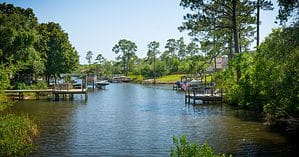Many major U.S. cities have “sister city” arrangements with cities in other parts of the world. Denver, Colorado is no exception. It hosts consulates from 35 nations and has sister city agreements with 10 international cities. Sister city agreements are ratified by the mayors and city councils on both sides. The purpose is not only to build international friendships and understanding but to facilitate tourism and economic ties. Sister city agreements are a win-win for both communities. This article lists Denver’s 10 sister cities and shares a few facts about each.
But First . . . Denver
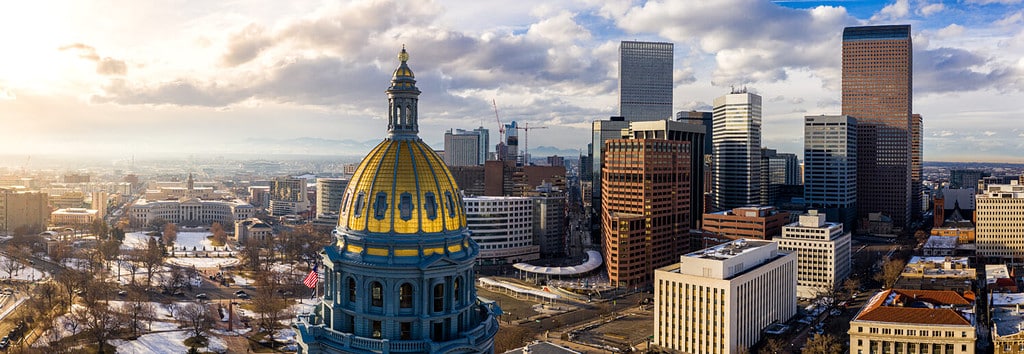
The capital of Colorado, Denver lies in the foothills of the Rocky Mountains, just visible on the horizon.
©Nicholas Courtney/Shutterstock.com
Denver itself has a population of about 711,500. It is known as the “Mile High City” because, with an elevation of 5,280 feet, it lies exactly one mile above sea level. First-time visitors driving to Denver might be surprised, though. From the east, the Nebraska prairies gradually slope up to Denver, so it doesn’t seem so high. From the west, you drive down through the mountains to get to it. Denver has a mild, sunny climate with about 300 days of sunshine a year. This makes it an attractive location not only for vacationers, but for people moving from other states. In recent decades, Denver and the whole of Colorado have grown in population, particularly due to people from California relocating there. Culturally, this has brought a Westcoast vibe to the city and state.
These are Denver’s 10 sister cities. See how they compare to the Mile High City.
1. Axum, Ethiopia
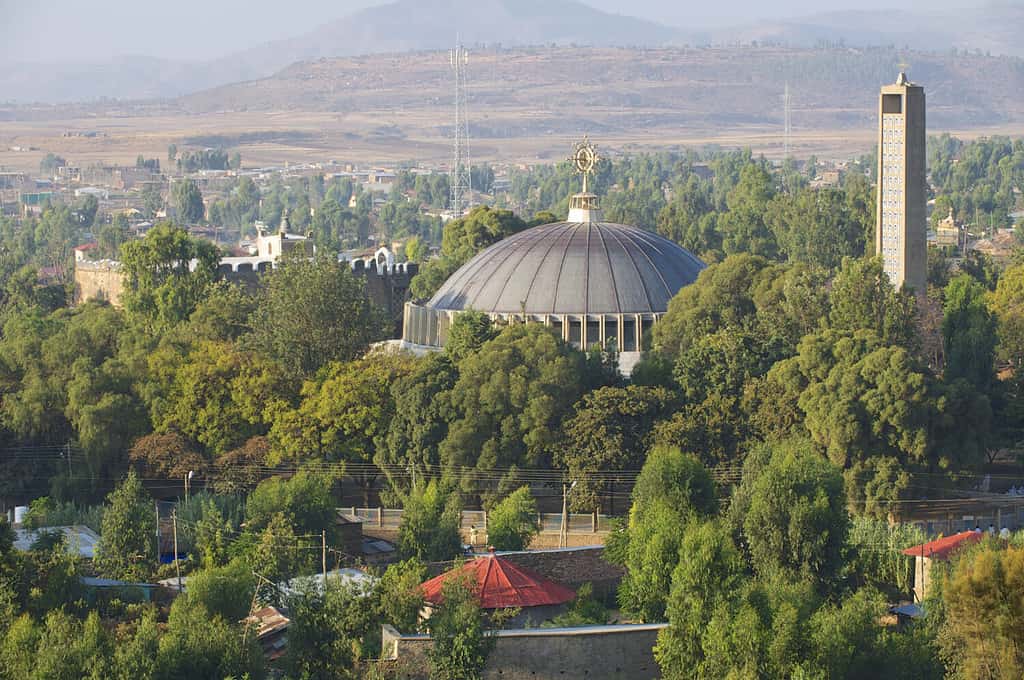
UNESCO has designated Axum’s archeological areas as World Heritage sites.
©Dmitry Chulov/Shutterstock.com
Axum is a community in Ethiopia with a population of nearly 67,000 people. It is in the Tigray region, which has recently been the scene of an independence movement that has brought fierce fighting with the central government and with neighboring Eritrea. UNESCO has designated Axum’s archeological sites as World Heritage sites. Ethiopian Christians consider it a holy site and pilgrimage destination.
2. Brest, France
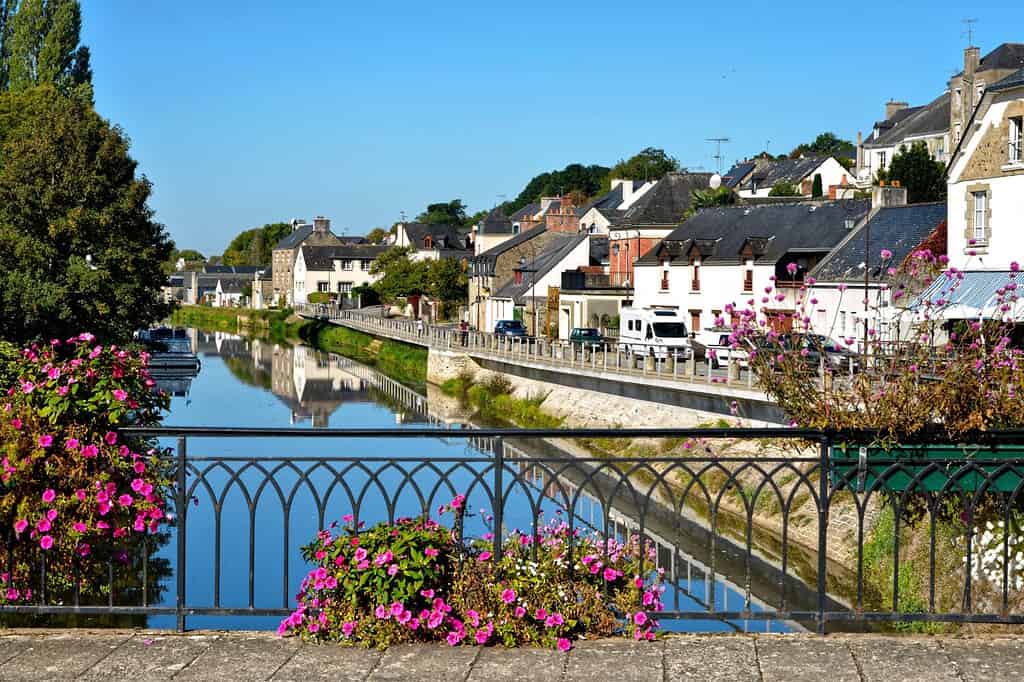
This university town known as Brest has a major research focus on the sea.
©Christian Musat/Shutterstock.com
Brest, population 139,163, is a French port city located as far west as you can go in France. The city has been a significant French port since medieval times. It was largely destroyed during World War II but was later rebuilt. Today, it is a university town with a major research focus on the sea. Most people in the city speak French but those in the surrounding countryside speak Breton, a minority language.
3. Chennai, India
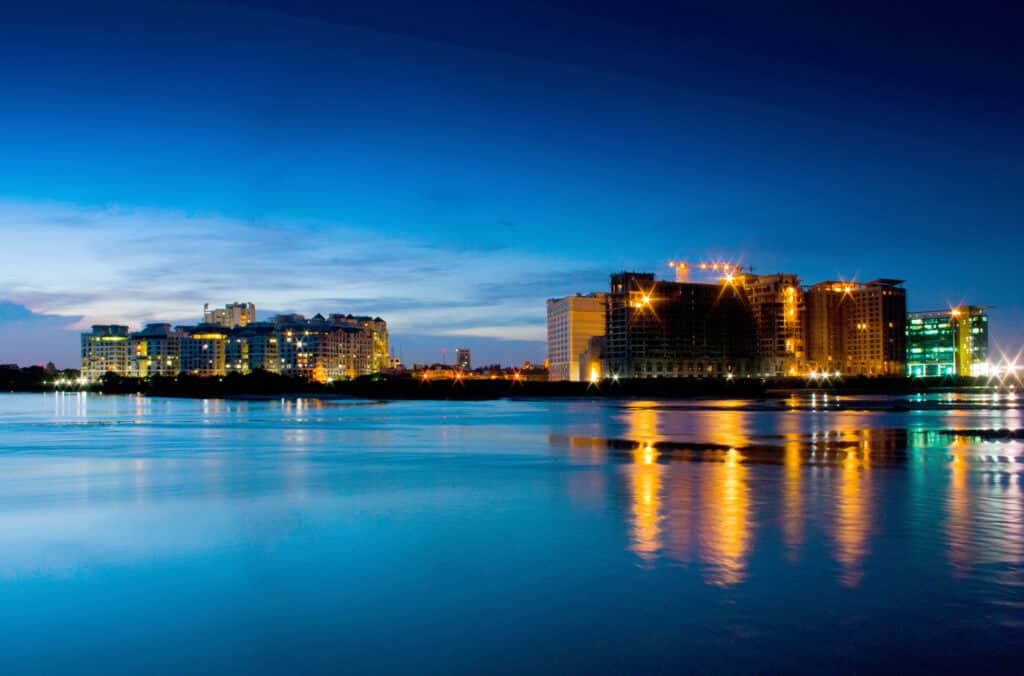
Chennai is a major industrial city and port in India.
©iStock.com/AthulKrishnan
One of the most rapidly growing cities in India is Chennai. Its current population of 11.5 million people represents an increase of 6.5 million in just 30 years! From its geographical location on the southeastern coast of India, Chennai has a drier climate than tropical Kerala and other cities on the southwestern coast that get the brunt of the monsoons. It is a popular destination for tourists. With excellent and affordable medical facilities, it attracts 45% of “health tourists” who visit India from abroad for medical care. The city has won numerous accolades for its historical sites, affordability, safety, and quality of life.
4. Cuernavaca, Mexico

Cuernavaca is the capital of Morelos.
©eskystudio/Shutterstock.com
With a population of 366,321, Cuernavaca is the capital of Morelos, a state in Mexico. It’s located just south of Mexico City. One of the interesting historical sites in the city is the palace of Spanish conquistador Hernán Cortés. Another must-see is Cuernavaca Cathedral, a monastery complex that includes a mural of Mexico’s first Roman Catholic saint.
5. Karmiel, Israel
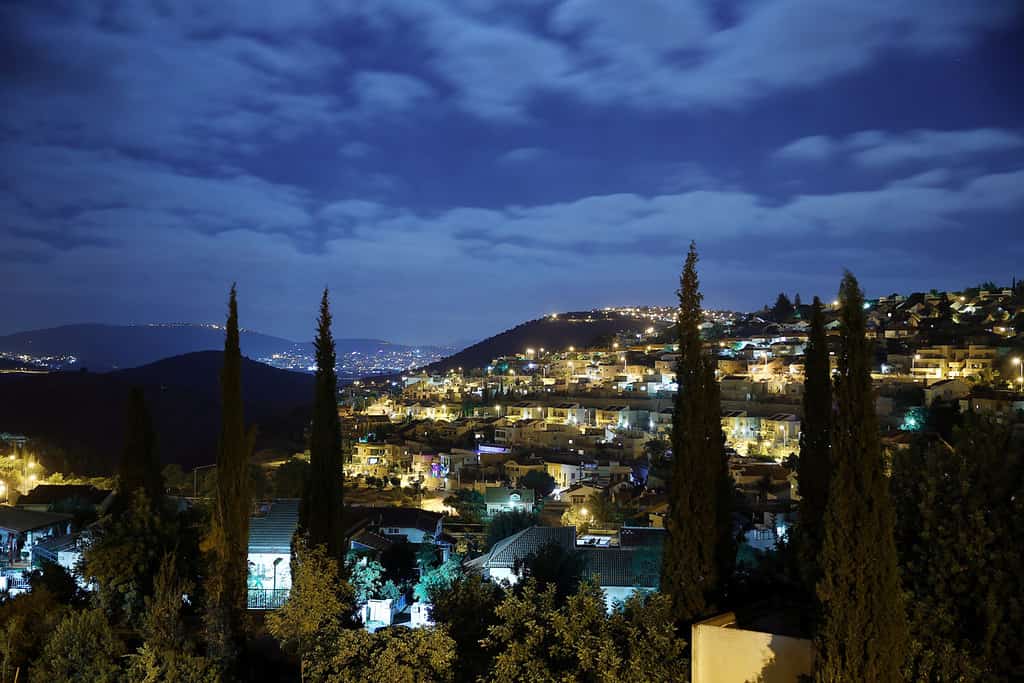
Similar to Denver, Karmiel, Israel is built on hilly terrain in sight of mountains.
©V75/Shutterstock.com
Karmiel, population 46,124, is a planned city that was built in the Galilee region of northern Israel in 1964. About 40% of the population are immigrants from other countries, with a large contingent from the former Soviet Union. Karmiel gives special attention to environmental protection and has become a center of clean industries.
6. Kunming, China
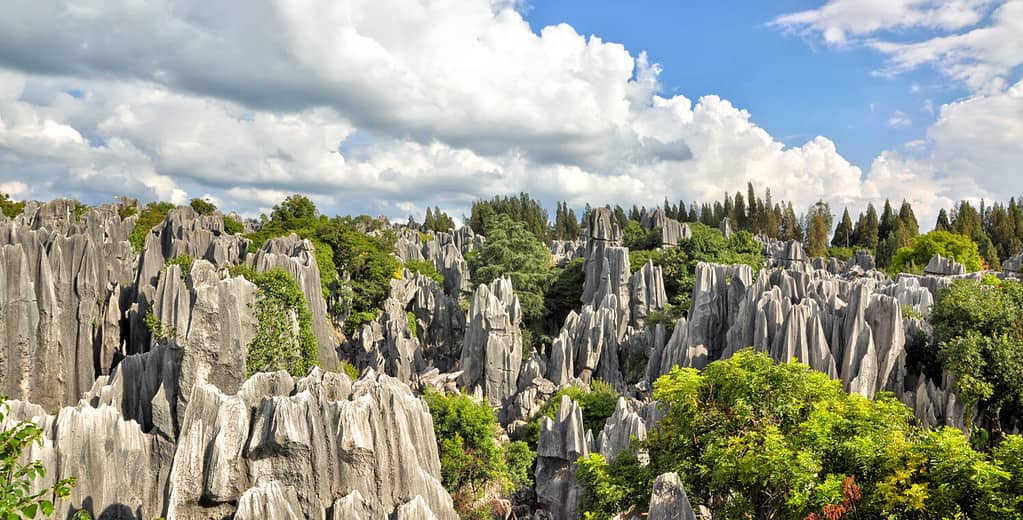
China Stone Forest is one of the remarkable natural wonders near Kunming.
©JekLi/Shutterstock.com
Kunming, China is a provincial capital in the south of China with a history dating back 2,400 years or more. It was important in World War II as an American air base and center for Allied aid brought in from Burma. Today it is a modern city with a metropolitan area of 8.5 million people, noted for its parks, lakes, and historical sites. Kunming is a significant center of mining and manufacturing. Its mild climate makes it a pleasant place to live. Like Denver, it has some interesting geologic formations nearby, such as the China Stone Forest.
7. Nairobi, Kenya
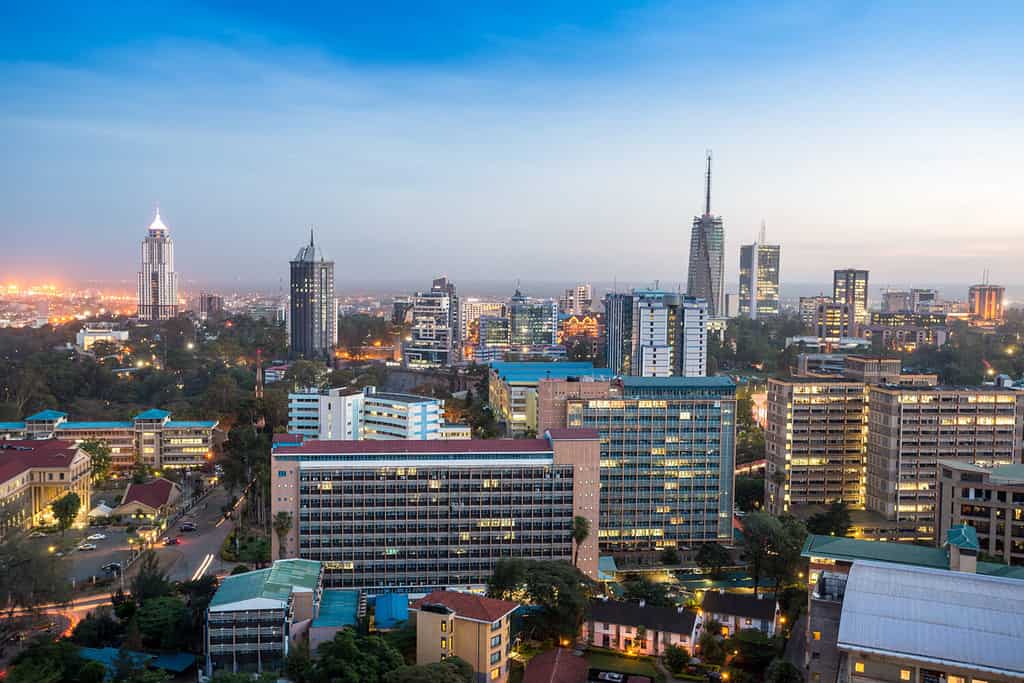
Denver’s sister city Nairobi is the capital and largest city in Kenya.
©Sopotnicki/Shutterstock.com
The name “Nairobi” comes from the Maasai language and means “place of cool waters” – referring to the Nairobi River that flows through the city. It’s also nicknamed “The Green City in the Sun.” British colonial authorities chose the site of the city because of its fresh water supply, high elevation and temperate climate, and convenience as a supply depot for the railroad they were building. Today 5.325 million people call it home. It is host to one of the largest stock exchanges in Africa and is the regional headquarters for many multinational companies.
8. Potenza, Italy
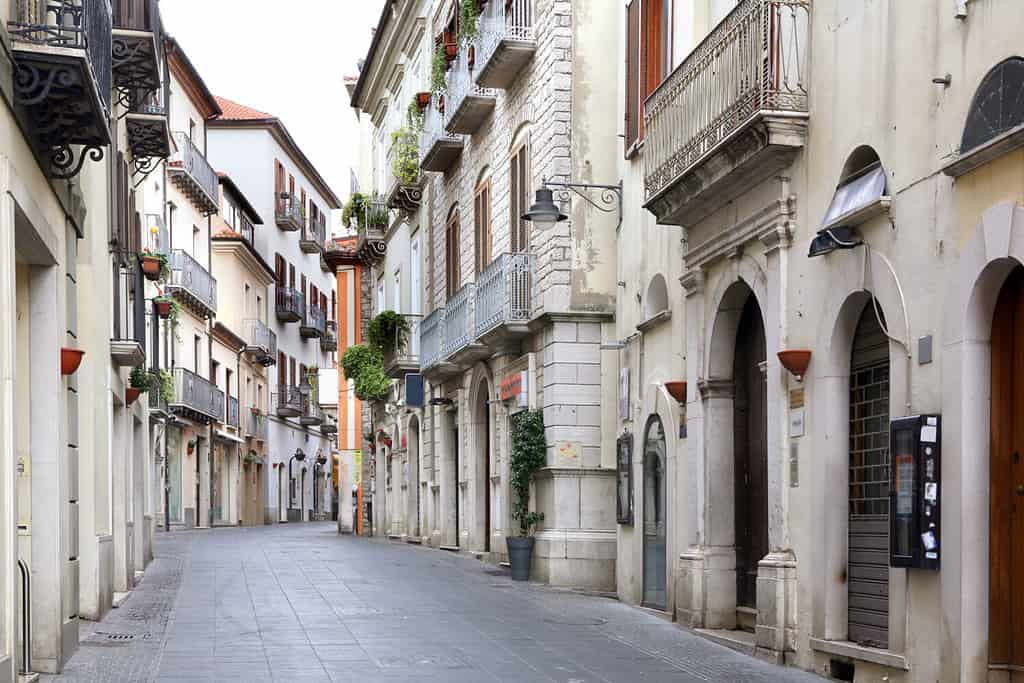
Wandering the historic streets of Potenza is an adventure for tourists.
©onairda/Shutterstock.com
Potenza, population 67,000, is one of Denver’s smallest sister cities. It is located in southern Italy at a high elevation overlooking the valley of the Basento River. Because of the steep terrain, the city has built long escalators to make walking between districts easier. The city has a great many historic architectural sites, making it a popular and scenic tourist destination. Its mountainous location gives it something in common with Denver.
9. Takayama, Japan
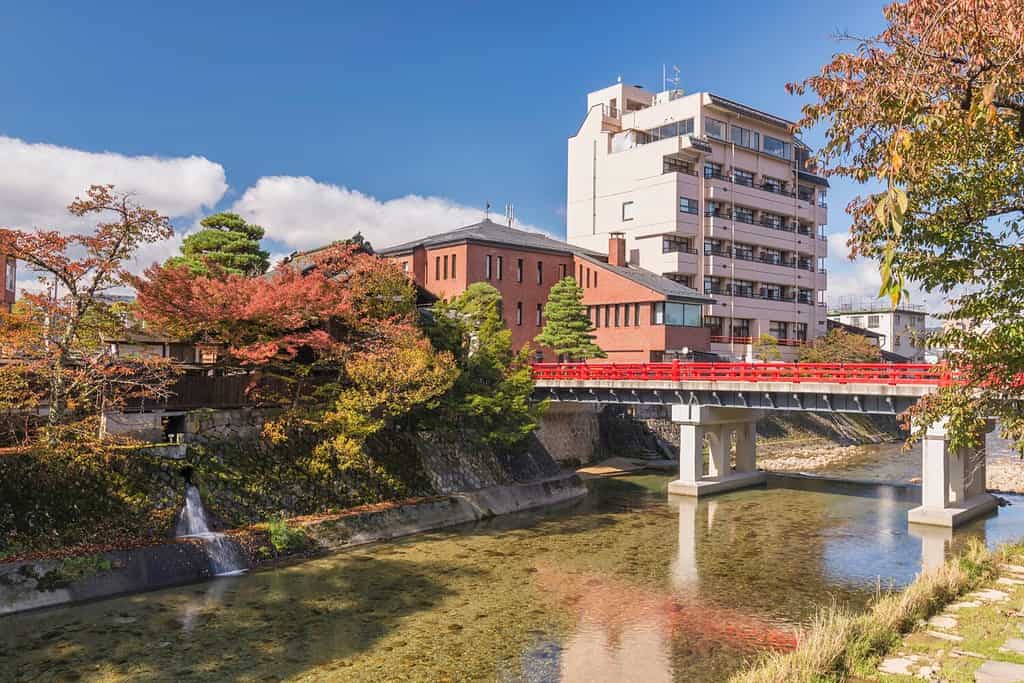
Woodworking is a major income source for Takayama.
©Noppasin Wongchum/Shutterstock.com
Takayama is a Japanese city of 84,000 people in west-central Japan. The city has an ancient history and was a significant power center during the Shogunate period. It’s a favorite tourist destination for its traditional architecture, elaborate festivals, and scenic mountain views. Woodworking, agriculture, and tourism are major income sources for the city.
10. Ulaanbaatar, Mongolia
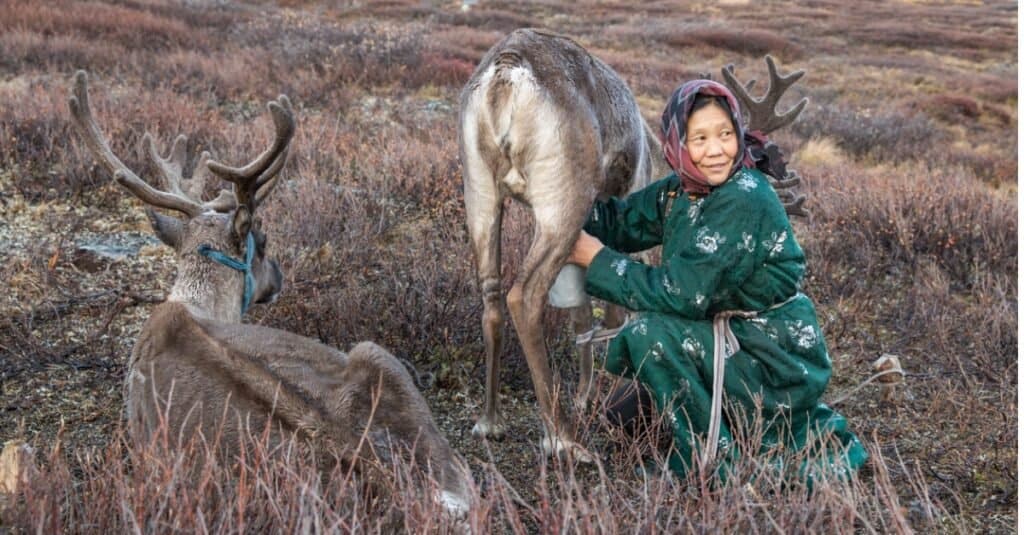
In rural areas of Mongolia,
reindeer
are an important source of livelihood for indigenous people.
©iStock.com/Katiekk2
The last of Denver’s sister cities is Ulaanbaatar. With a population of 1.6 million people, it is the capital and largest city of Mongolia. In fact, half the country’s population lives in this single, centrally located city. Ulaanbaatar has rapidly developed since the 1990s, but this growth has created serious problems with air pollution that are especially intense in the winter. Mongolia has the distinction historically of forming the world’s largest contiguous land-based empire, stretching from the Pacific Ocean to Eastern Europe. Today, it’s a landlocked country wedged between China and Russia. Living between two major powers gives Mongolia strategic significance, but also greatly limits its foreign policy options.
Which Would You Visit?
Now that you’re briefly acquainted with Denver’s sister cities, which one would you visit if you had the chance? A quaint, historic European town? A thriving Asian economic powerhouse? An African center of culture? Add your favorite to your travel bucket list. Or better yet, add them all!
The photo featured at the top of this post is © egvisuals/Shutterstock.com
Thank you for reading! Have some feedback for us? Contact the AZ Animals editorial team.






